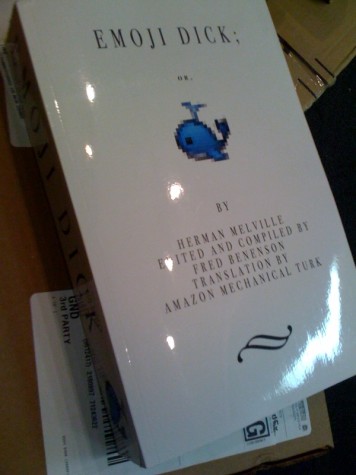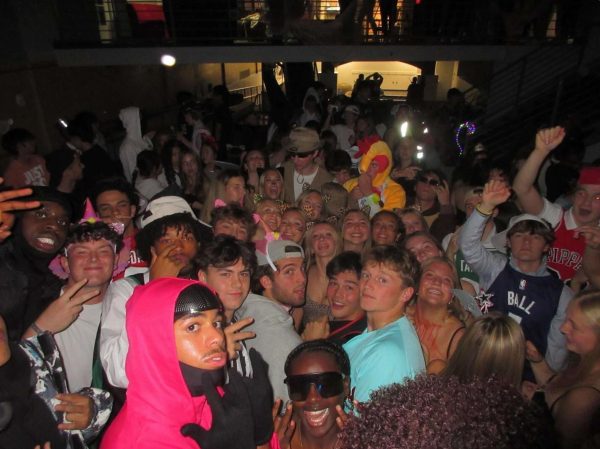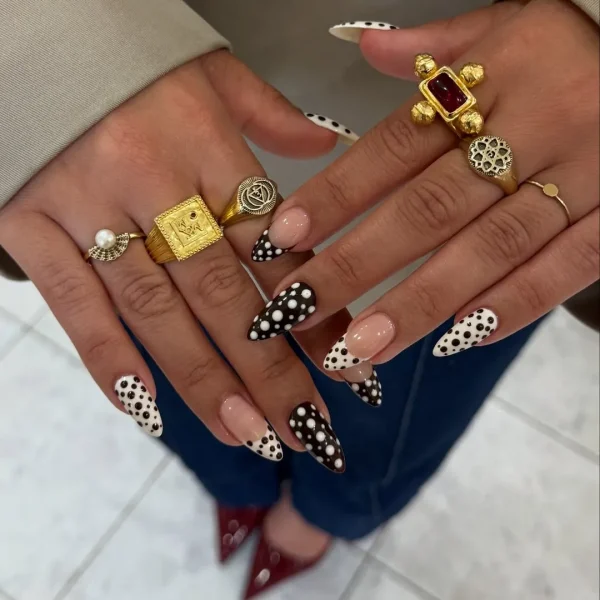An Emoji Culture
How tiny pixelated images are changing communication.
The texting conversation has died down. But Jimmy![]() Janine. He can’t possibly stop texting her, for he
Janine. He can’t possibly stop texting her, for he![]() Janine. Determined to continue the conversation, but with no charming or even comprehensible comment to make – Jimmy decides to send her the classic
Janine. Determined to continue the conversation, but with no charming or even comprehensible comment to make – Jimmy decides to send her the classic ![]() .
.
It has worked! She responds:![]() and the conversation has come alive again. Soon, Jimmy thinks, she may
and the conversation has come alive again. Soon, Jimmy thinks, she may![]() him back.
him back.
Conversations similar to this occur all the time in a world where we view our messages instead of speak them, and now, instead of read them.
Emojis were first created in Japan during 1998 by Sigetaka Kurita. It took another thirteen years for Apple to adopt emojis and for them to become available to American users. Today emojis can be found in an emoji-translated version of Herman Melville’s Moby Dick, as lyrics in music videos, and on Drake’s right bicep.
The appeal in emojis lies partially in their one-character size. This is evident in the mass emoji use on Twitter, where messages must be under 140 characters. Twitter’s most popular emoji, “face with tears of joy,”![]() has been used over 583 million times.
has been used over 583 million times.
However, emojis enamor teenagers and adults alike not just for the sake of character count. We love emojis because they change the way we communicate in a distinctly positive way.
Since the dawn of text, skeptics have proclaimed that the deterioration of communication is impending. They have cited texting’s emotionless nature and have pointed out the high likelihood of misunderstanding messages without the added effect of body language.
In a way, emojis have become texting’s “body language.” They send subtle signals during the conversation to clarify feelings, tone, and add emphasis.
“They say things you can’t say with words,” Brenna Quirk ’15, an avid emoji user says. Sabaat Kareem ’15 concurs, “They just express so much with so little.”
Emojis have become almost necessary in casual texting conversations. Emma Kaisla ’15 says they describe “the really abstract emotions that don’t have English equivalents – the in-between feelings.”
Emojis have added another dimension to texting that was missing before their arrival. Emotions and activities can be described with a single character, and assessing the tone of text messages during a heated conversation or in a light-hearted joke has become simple.
Still, emojis take time to understand and learn. “An emoji can mean a completely different thing to completely different people,” Nick Kendall, co-creator of Emojicate, an app that uses only emojis for communication, told USA Today.
Meaning is often misconstrued with emojis that depict confusing or unfamiliar objects. Many emojis have clearly been created for use with Japanese users. The “information desk woman” emoji is understood by Americans as “the whatever woman,”![]() a meaning very different than Japanese viewers would assign the popular emoji. Strange emojis or those with unclear messages can confuse American users and cause ambiguity rather than clarify the message.
a meaning very different than Japanese viewers would assign the popular emoji. Strange emojis or those with unclear messages can confuse American users and cause ambiguity rather than clarify the message.

The hardcover copy of “Emoji Dick,” an emoji translated version of “Moby Dick.”
Even obscure emojis that don’t appear to have any significance to non-emoji-users are used frequently among teenagers and hold very distinct meanings. “The star emoji![]() is great because it makes everything just a little less serious,” Sabaat Kareem ’15 says. She continues, “The pig nose
is great because it makes everything just a little less serious,” Sabaat Kareem ’15 says. She continues, “The pig nose![]() is for when I’m really upset so I don’t know what to do anymore. That is the time to use the pig nose.”
is for when I’m really upset so I don’t know what to do anymore. That is the time to use the pig nose.”
Emma Kaisla ’15 tries to describe her favorite emoji, “I’m so torn. It goes through cycles. Either the Easter Island emoji![]() , or the fried egg
, or the fried egg![]() ,or the flan
,or the flan![]() .” The three girls all exclaim in agreement, “Oh my god, the flan! Yes!”
.” The three girls all exclaim in agreement, “Oh my god, the flan! Yes!”
Emojis have almost developed into another language. Perhaps the reason they are so useful and popular is that emojis have developed meaning outside of the English language. Emojis do not describe English words, but ideas and thoughts that would be difficult to express in succinct English.
There is no doubt that emojis play a huge role in our technology centered society, but are they a passing fad or here to stay?
Olivia Smith ’15 says, “We still say LOL and OMG. [There was a time] when LOL and OMG were really cool. But [they didn’t go away after that,] we still say them today.” Emma Kaisla ’15 is convinced that emojis will “Never go away.” The girls acknowledge that emojis will probably change and develop over the coming years, but doubt that they will ever go out of use.







